Doris Guo: traces of people, places, and politics
From the relationship between mother and daughter to Sino-American culture, which Doris Guo resolves with the grace of the concept
When you are a child, your parents are a fact, something that is just there. Someone to look up to perhaps, or someone to blame. As you grow, you might start to actually see your parents; they are people, with all their attributions and insecurities. The relationship between parent and child is often tangled, and the stories told by the different parts might not always correspond. Incidents look different from the different points of view.

This emotional dissonance lays the ground for Doris Guo’s untitled project with her mother’s artwork. The artist, American born but currently Oslo-based, considers it an ongoing piece, even if it partly unfolded in the Seattle family home where the two family members looked through and cared for the artwork. It also exists as a new work shown in contemporary art contexts, such as in her solo exhibition Shanghai San Francisco Richmond Seattle New York Oslo (TRACE) at Veronica in Seattle earlier this year. Here, Guo pairs her mother’s artworks with inkjet prints of pinhole photographs of her mother’s studio. The works are titled in pairs, and named such as A corner of Shanghai (2022 & 1983). The choice of photographic technique underlines how the child’s reception of the parent is inevitably constrained – initially as an age-appropriate presentation of the world, but then often reenacted into adulthood, merged into the dynamics of the relationship. A parent can never really let the child into their world. Also, a relationship can never be seen clearly; several truths will always coexist.
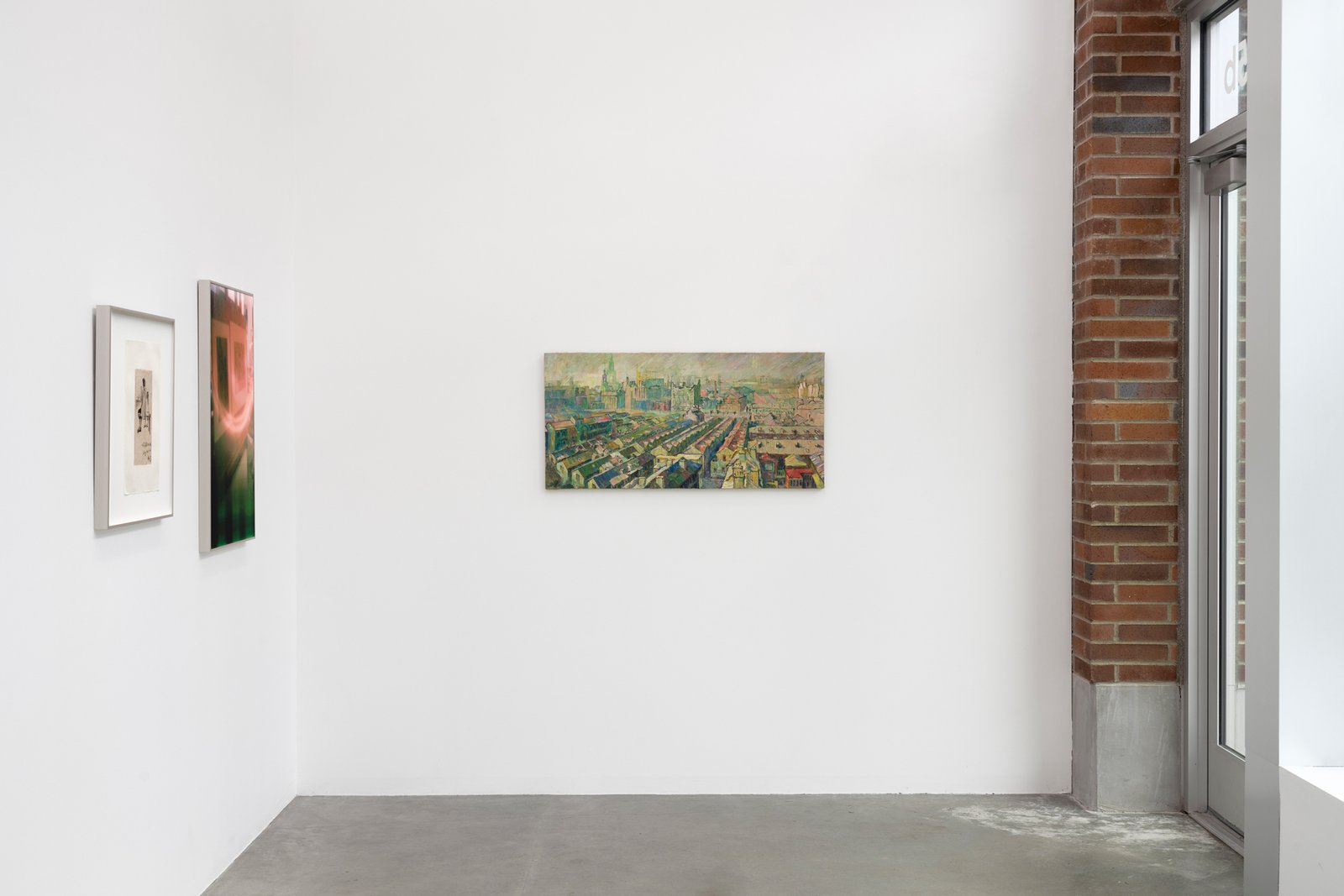
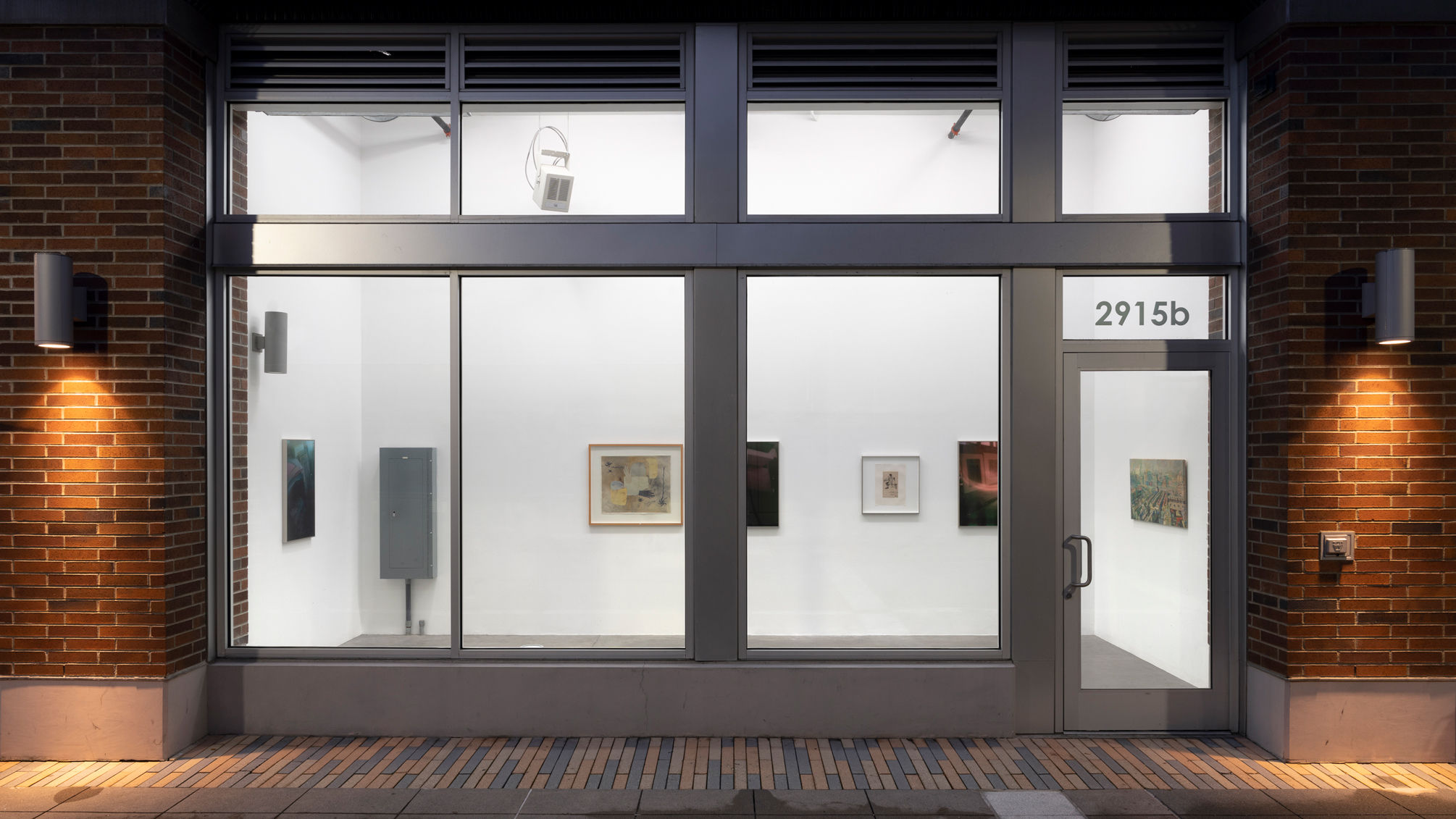
The artwork of Guo’s mother, ranging from oil paintings to charcoal drawings, was made when she still lived in China at the time of the cultural revolution. After moving to the US, she abandoned her practice but made a living by drawing portraits at state fairs and similar events. In this light, Guo’s new rendering can also be seen as a metaphor for how immigrants inevitably leave some parts of themselves behind. Moving country makes new identities possible – something is found but something is also lost.
Guo mentions how the project was an opportunity to talk with her mother about her artworks, which were but a silent presence during her childhood. Guo’s project also becomes an analogy for the parent-child relationship in general, touching upon the idea of unquestioned family facts. The power of the parent in this regard has often struck me in my own life: the responsibility of drawing up a truthful image of the world. The artist’s attempt to get closer to her mother speaks of the distance one can feel in a relationship, evoking a certain melancholia.
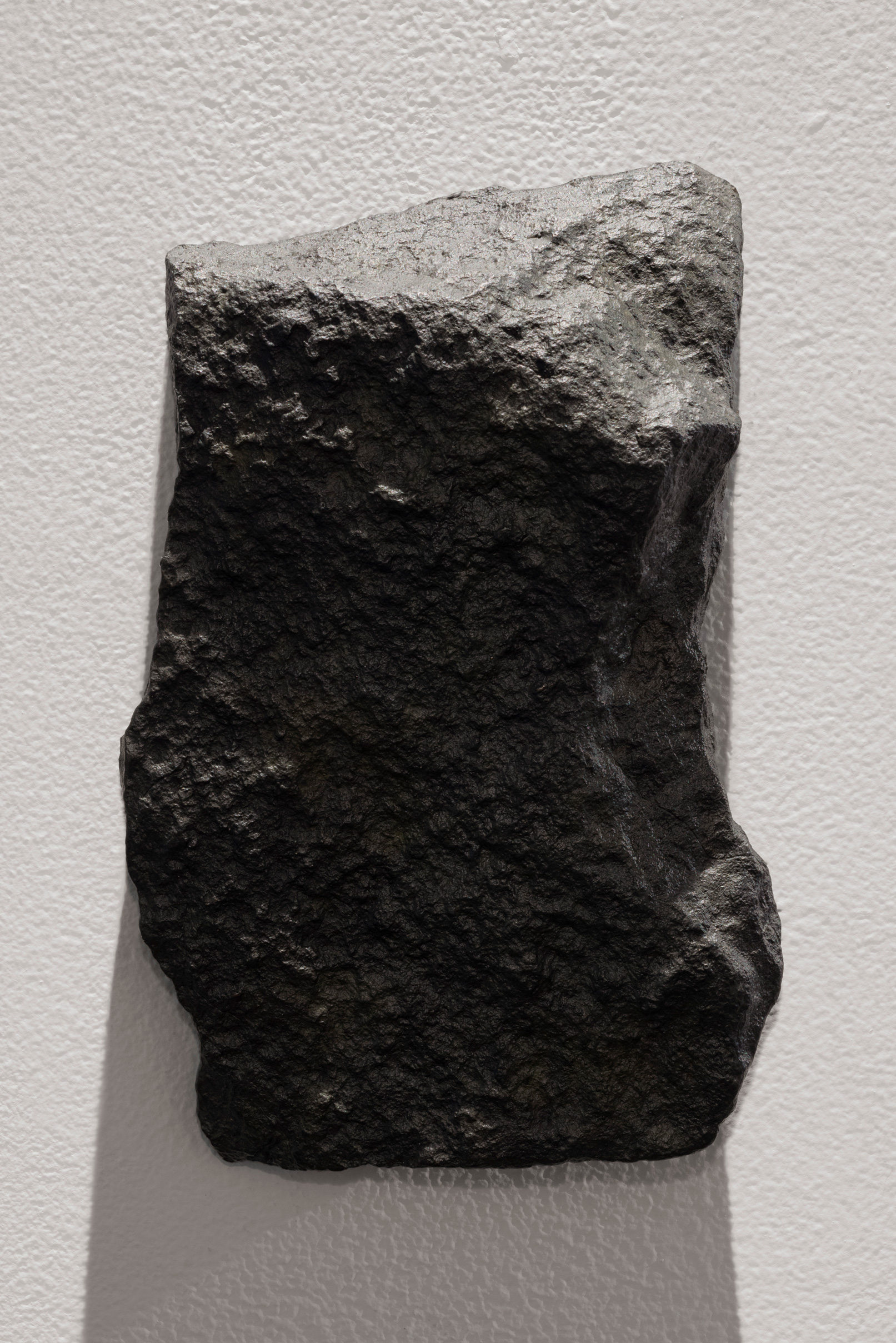
The theme of being simultaneously near and distant also seems to occur in Guo’s wall hung sculptures Guestbook I & II, often part of her exhibitions. The cast of either of two different stones, one golden and the other black, hang on the wall. A wall text or the gallery staff encourage the visitors to “sign in” by touching them. The work is partly about the loneliness we can experience even when we are in touch with other people. There is a sense of being almost there, a tingling sensation still left in the palm after shaking someone’s hand. Guo’s gesture also opens up the work for the viewer, who participates in the sculpture by slowly editing the surface. Over time the bronze erodes, the material changing by human hands, as is also the case with some of the sculptures and tombs in the Ming tombs in Beijing “where certain spots are more popular for visitors to touch for good luck,” says Guo.
A vague sense of recognition occurs when I first view Guo’s work. When I write her name in the search field of my email inbox, I realize I’ve seen some of it before. I find a 2018 newsletter from Princess, a documentation-based New York gallery, where artworks were placed in a run-down non-space between two buildings and photographed. The exhibitions then existed online through the mentioned newsletter and a webpage. Five years ago I apparently saw images of Guo’s show Coffee & Tea there. Only now, the image files are broken, and the memory, alongside the (minimal) text, is what remains. This incident seems to correspond well with the her practice at large, which deals with traces in different forms.
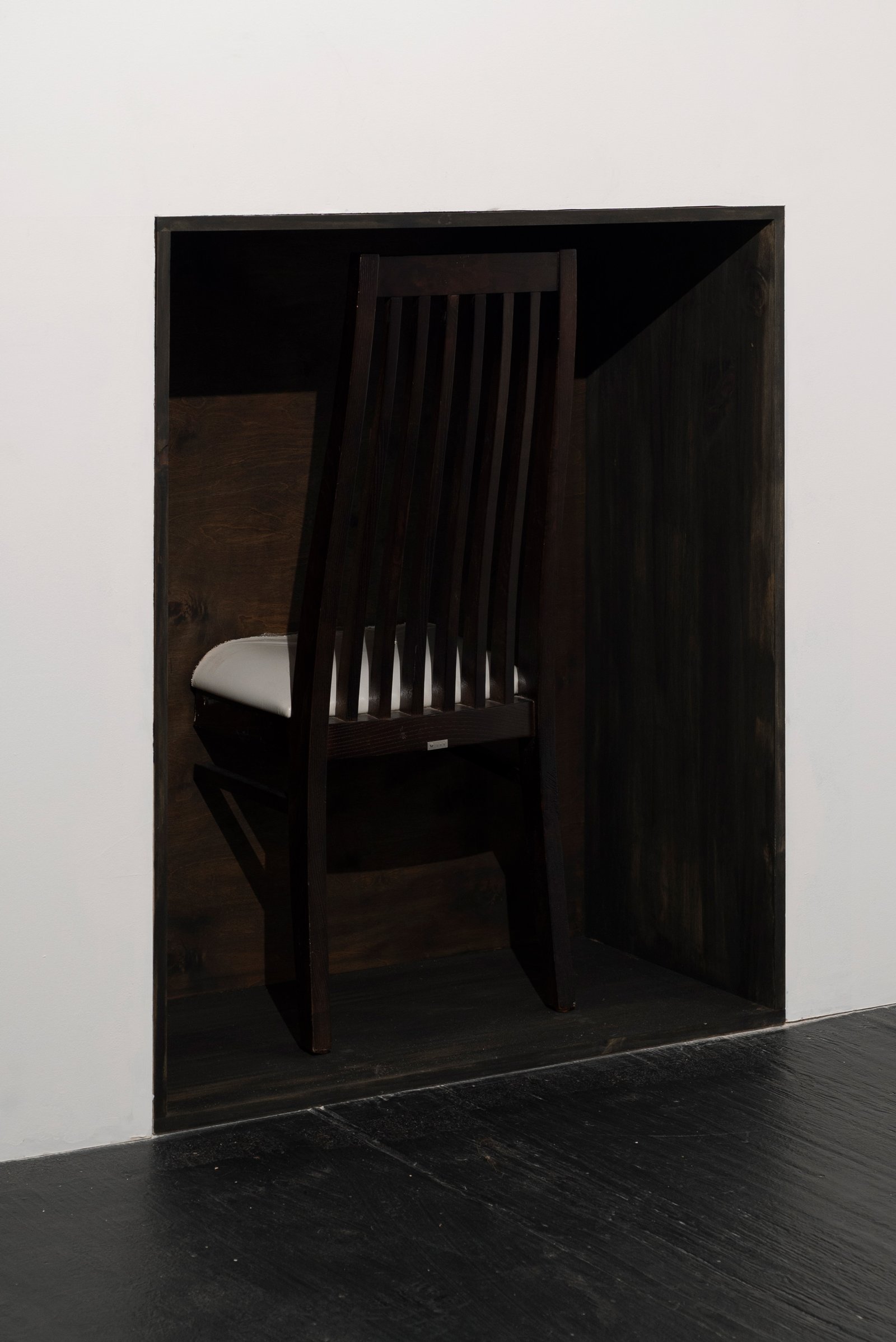

Many of Guo’s works are influenced by her Chinese-American background. The autobiographical frame makes possible a representation of Asian lives, bodies, and culture far from the caricatures that circulate today. In her 2019 solo exhibition XO at Derosia, a series of chairs cut in half hung low on the gallery wall inside wooden structures that resemble coffins. Here, a selection of seating props from Chinese restaurants are stripped from their function and given new meaning as a work of art. The slightly edited ready-made object goes in dialogue with art historical figures like Joseph Kosuth and his chair piece, adding a new perspective to the Americentric art canon through its cultural significance. Thinking of how the chairs have served a purpose for the many different New Yorkers suggests an intricate intermingling of cultural contexts.
In spite of all of the stories in Guo’s work, there is also a strive for something less outspoken. Her series of unique black mezzotint prints (individually titled, 2022) touch upon the theme of artistic labor, being etched out of copper plates that are painstakingly carved with a rocking tool with a row of small v-shaped teeth. Layering cuts to fill in with ink creates rich prints: black surfaces where one struggles to orientate with no apparent visual grip. The eye searches for meaning, for something concrete to build a narrative around, where you might only find darkness.
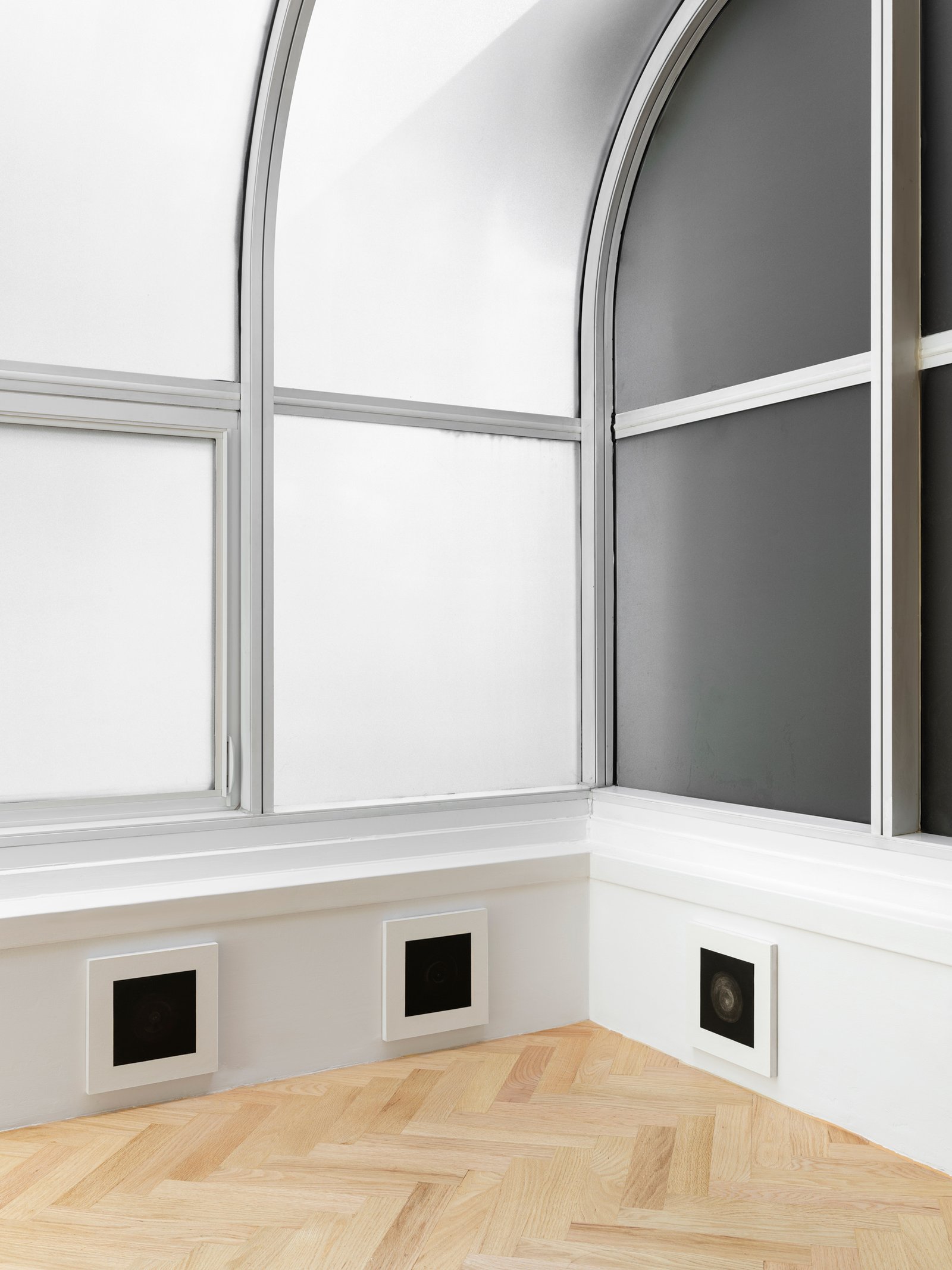
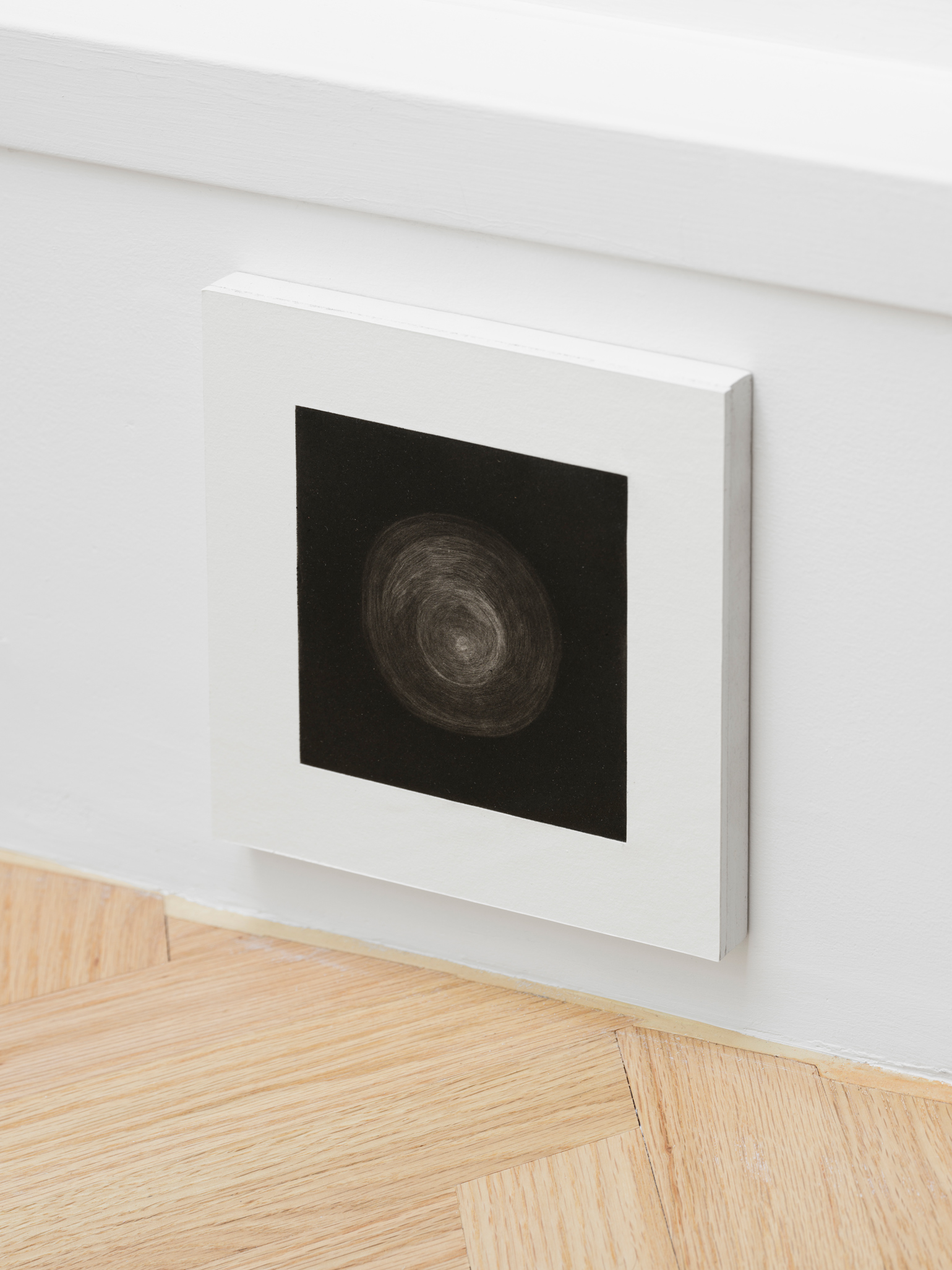
At the same time, these prints also speak of a subtle communion of our social and physical surroundings. The darker the surface, the more visible the accumulation of dust. And what is dust, if not traces of our concrete environments – skin particles, fabric, the outdoors with all its natural and man-made components? People, places, and politics. In her works, these lines run parallel and even out, no one more important than the other.
June 15, 2023
